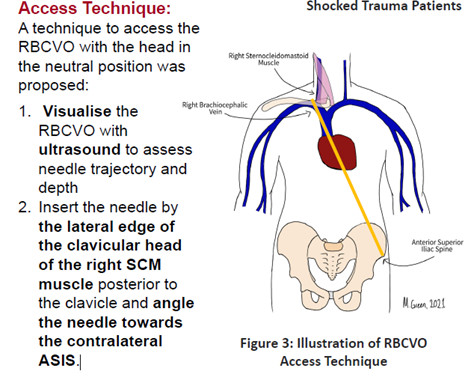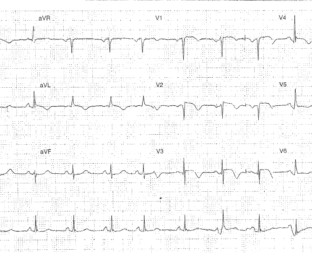Trauma Activation Vs. Stroke Code
The Trauma Pro
FEBRUARY 20, 2024
Let’s look at an uncommon scenario that crops up from time to time. Most seasoned trauma professionals have seen this one a time or two: An elderly male is driving on a sunny afternoon, and crashes his car into a highway divider at 25 miles per hour. EMS responds and notes that he has a few facial lacerations, is awake but confused. They note some possible facial asymmetry and perhaps a bit of upper extremity weakness.

































Let's personalize your content